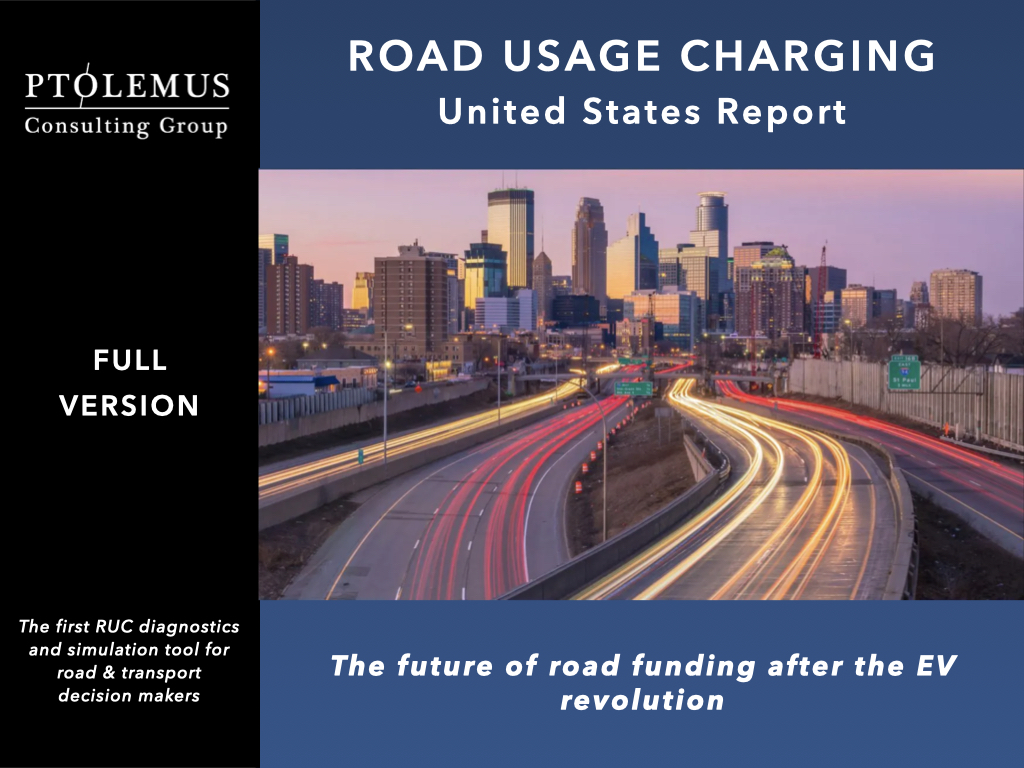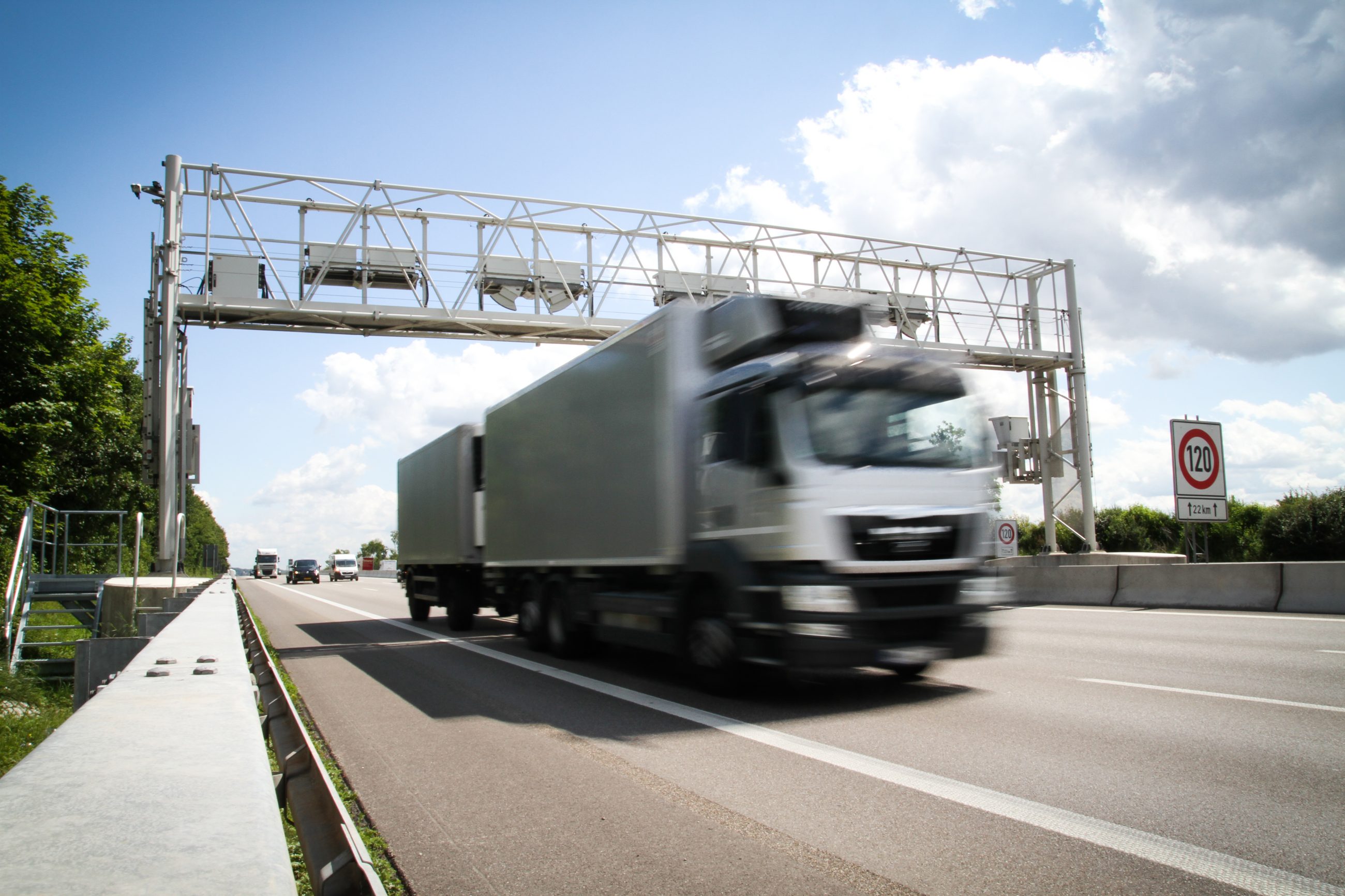Will Road Usage Charging become the primary road funding solution in the United States?

Road usage charging (RUC) is a system in which drivers are charged based on the distance they travel on certain roads. There are several reasons why RUC may be beneficial to implement in the USA. One reason is that it can help to fund infrastructure and maintenance costs for roads. Additionally, RUC can provide an incentive for drivers to reduce the amount they drive, which can help to reduce congestion, emissions, and wear and tear on roads. Furthermore, RUC can be used to reduce the overall cost of transportation by allowing for the pricing of road usage according to actual demand. Additionally, RUC would be beneficial for electric vehicle owners, as it would charge them based on the miles they drive, rather than the fuel they use.
With the growing ineffectiveness of the gas tax, road usage charging can eventually become the primary road funding solution in the United States if stakeholders overcome challenges of cost and complexity.
Despite its potential, road usage charging still has some way to go
- RUC has demonstrated the potential to be an equitable and sustainable road funding solution:
- Revenues generated and fees charged can reflect actual road usage (vehicle miles traveled)
- Solution is agnostic to the engine propulsion technology allowing it to be equally effective for all vehicle types
- Automated solutions can accurately charge drivers for the negative externalities of their vehicle usage (e.g. noise, pollution, congestion, health)
- However, there are 2 critical dimensions in which the motor fuel tax excelled, that presently prevent RUC from scaling:
- Cost: In many operational programs, RUC costs are greater than revenues collected (i.e., a negative operational margin); for the fuel tax, costs represent only 1-3% of revenues
- Complexity: At this stage, RUC solutions are far from seamless as users are required to interact not only with the account manager but also the mileage reporting device; the fuel tax is collected without direct interaction with the customer
- Challenges in these areas must be overcome for RUC to be a
reliable and widely used funding solution- Scale will help, and multi-state coalitions could be a key to reduce unit costs
- Giving a small tax benefit to those who report their miles could be an incentive to have the system started
- To scale, RUC needs simple, cost effective solutions, and thanks to connected vehicle technologies, these now exist:
- In the medium term, the key to RUC will be connected vehicles. In-vehicle telematics using GPS and 4G/5G has the potential to provide a frictionless user experience at a cost below 5% of revenues (the “holy grail”)
- For non-connected vehicles, manual solutions such as odometer photos that are checked during the safety inspection process provide a reasonable solution
Aftermarket device solutions should also be explored, in combination with other applications (e.g. Usage-Based Insurance, Car-as-a-Service, fleet management, remote diagnostics) to make their cost to RUC negligible
- For this future to happen, RUC is also dependent on the engagement of key public and private stakeholders including OEMs and larger technology groups; engagement which is beginning to pick-up
- At least one state is preparing a RUC pilot with an OEM partner
- Discussions with all current managers of connected vehicle services (insurers, fleet managers, etc.) should start
- It is through this combination of scalable, cost effective technology and broader ecosystem engagement that RUC will become a worthy successor to the motor fuel tax
With the right strategy and engagement, RUC will succeed
If you are interested to learn more about RUC in the US, download the free abstract of our Road Usage Charging United States Study

